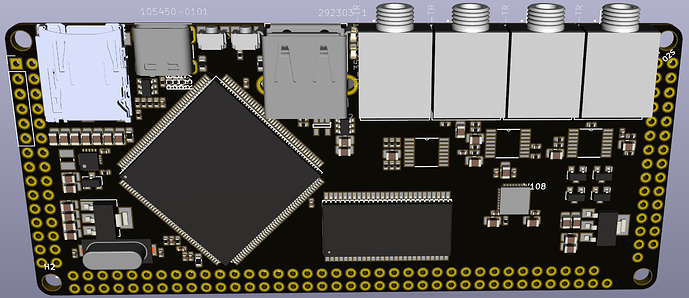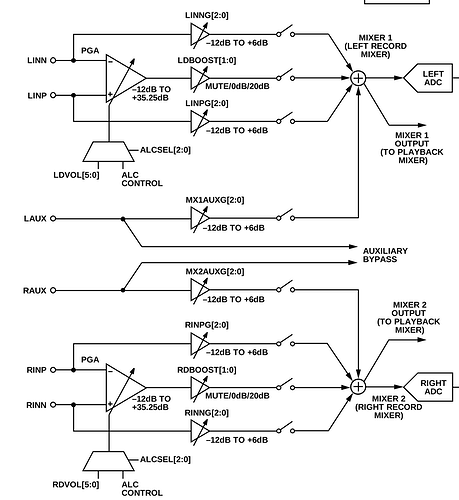- Dual Micro-B
- Micro-B and A Host
- C and A Host
- Dual C
- Other
0voters
Assuming we keep everything else in the design roughly the same, and ignoring implementation difficulty, which of these is best? Let's evaluate these assuming a base board alone without any expansions.
The prototype is Dual Micro-B. Dual C is the easiest revision to make. C and A Host or Micro-B and A Host are about equally tough but not impossible; they'd push the board dimensions up to about 110x45 from 100x40.




